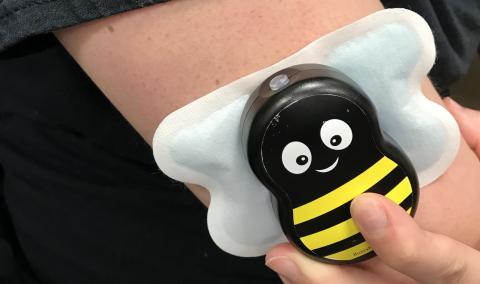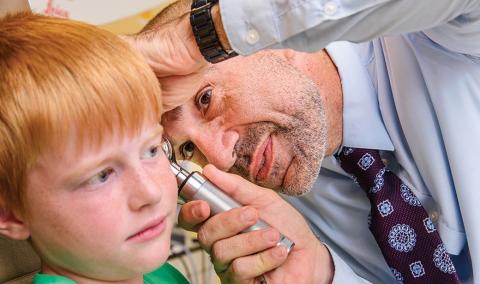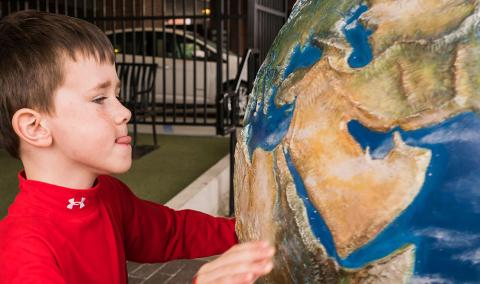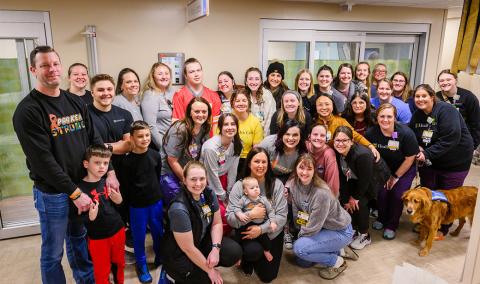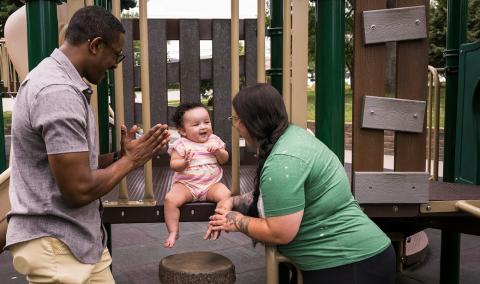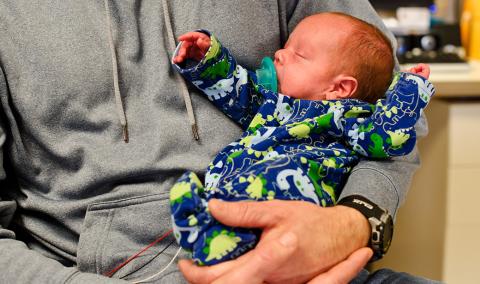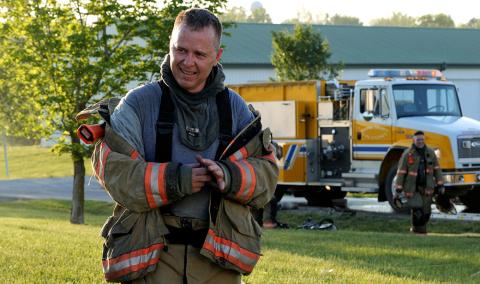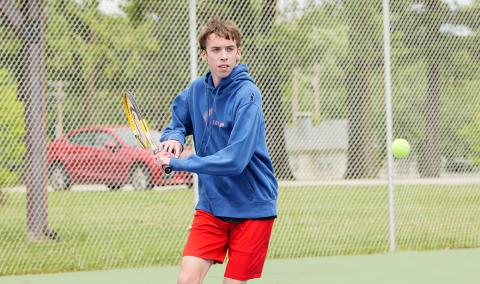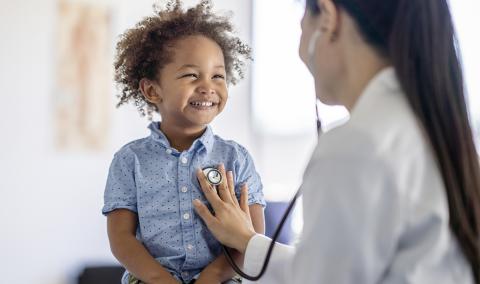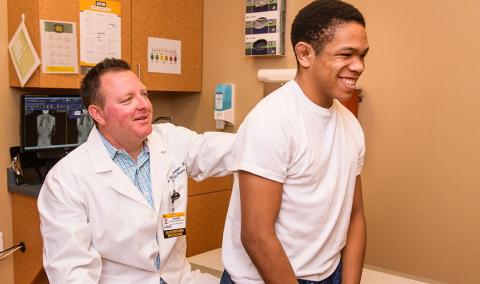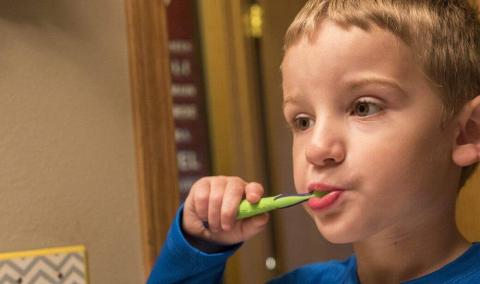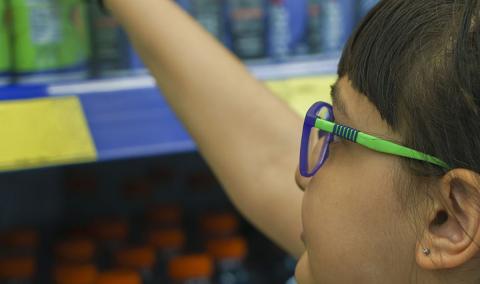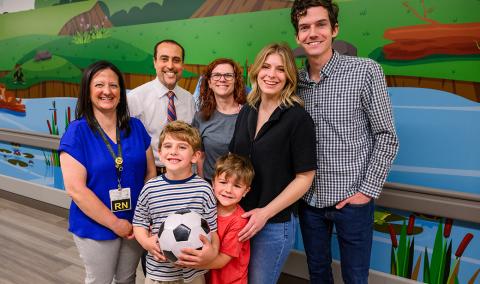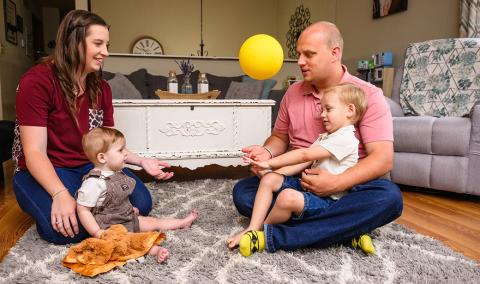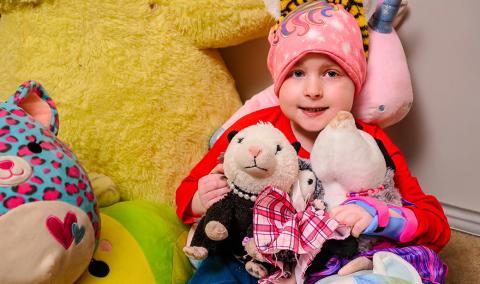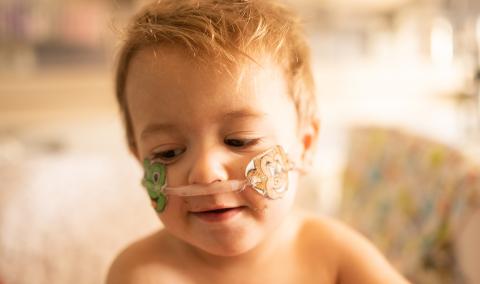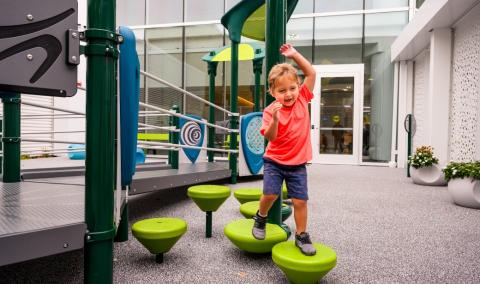How We Diagnose Aerodigestive Conditions in Children
After a conversation about your child’s symptoms and medical history, and a physical exam, we may order the following tests to diagnose an aerodigestive condition:
- Blood tests
- Breathing tests
- Impedance/pH probe to measure acid in the esophagus
- Swallow study (video fluoroscopic)
- Imaging of the chest or esophagus (X-rays or computed tomography)
- Flexible laryngoscopy to view the throat and voice box
The “Triple Scope” Advantage
If your child needs a full evaluation of the upper aerodigestive tract, we offer a coordinated approach called triple endoscopy, or “triple scope.”
This set of three procedures is done together, in one setting, by different specialists. It limits your child’s exposure to anesthesia and gives a more complete view of what’s going on.
The triple scope includes:
- Direct rigid laryngobronchoscopy (DLB) by a pediatric otolaryngologist.
- Flexible bronchoscopy with bronchoalveolar lavage (BAL) by a pediatric pulmonologist.
- Esophagogastroduodenoscopy (EGD) with biopsies by a pediatric gastroenterologist.
How We Treat Aerodigestive Conditions in Children
At MU Health Care, aerodigestive care starts with understanding what’s affecting your child. From there, we’ll work with you to create a care plan that fits your family’s needs.
Depending on the cause of your child’s condition, treatment may include lifestyle changes, medication or surgery if symptoms do not improve with nonsurgical methods.
Why Choose MU Health Care for Our Aerodigestive Program
- Pediatric experts, all in one place: Our Aerodigestive Program is part of Children’s Hospital, giving your family access to a full team of specialists who understand kids’ health needs — no matter how complex the condition is.
- Seamless, team-based care: We bring together pediatric ENT doctors, pulmonologists, GI specialists, speech therapists, dietitians and more to coordinate care for your child exact needs. Multiple providers may see your child during one visit, saving you time and making care easier for your family.
- Support beyond treatment: From Child Life services to our pediatric complex care team, we offer emotional, educational and practical support to help your family through every step of your child’s care.



